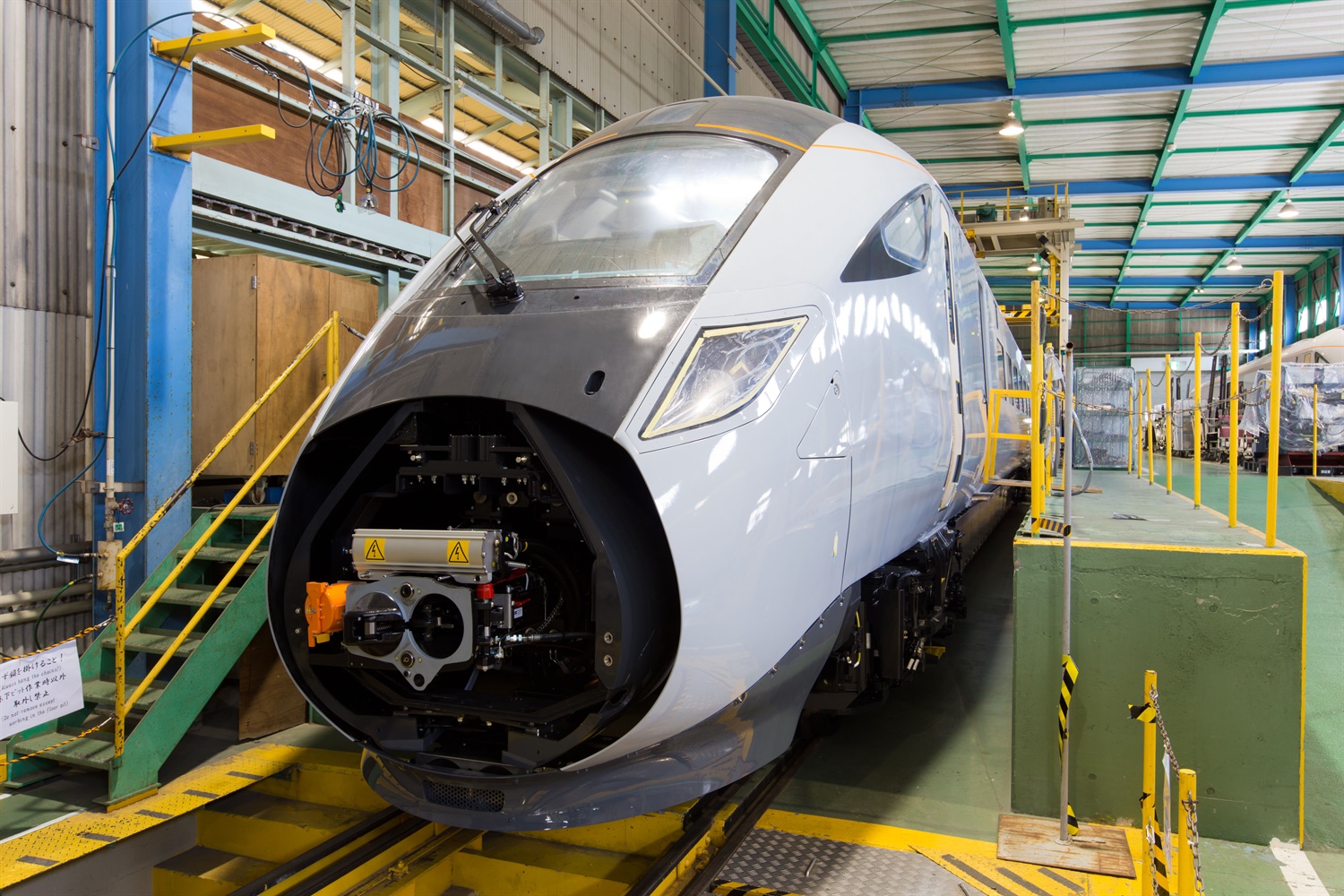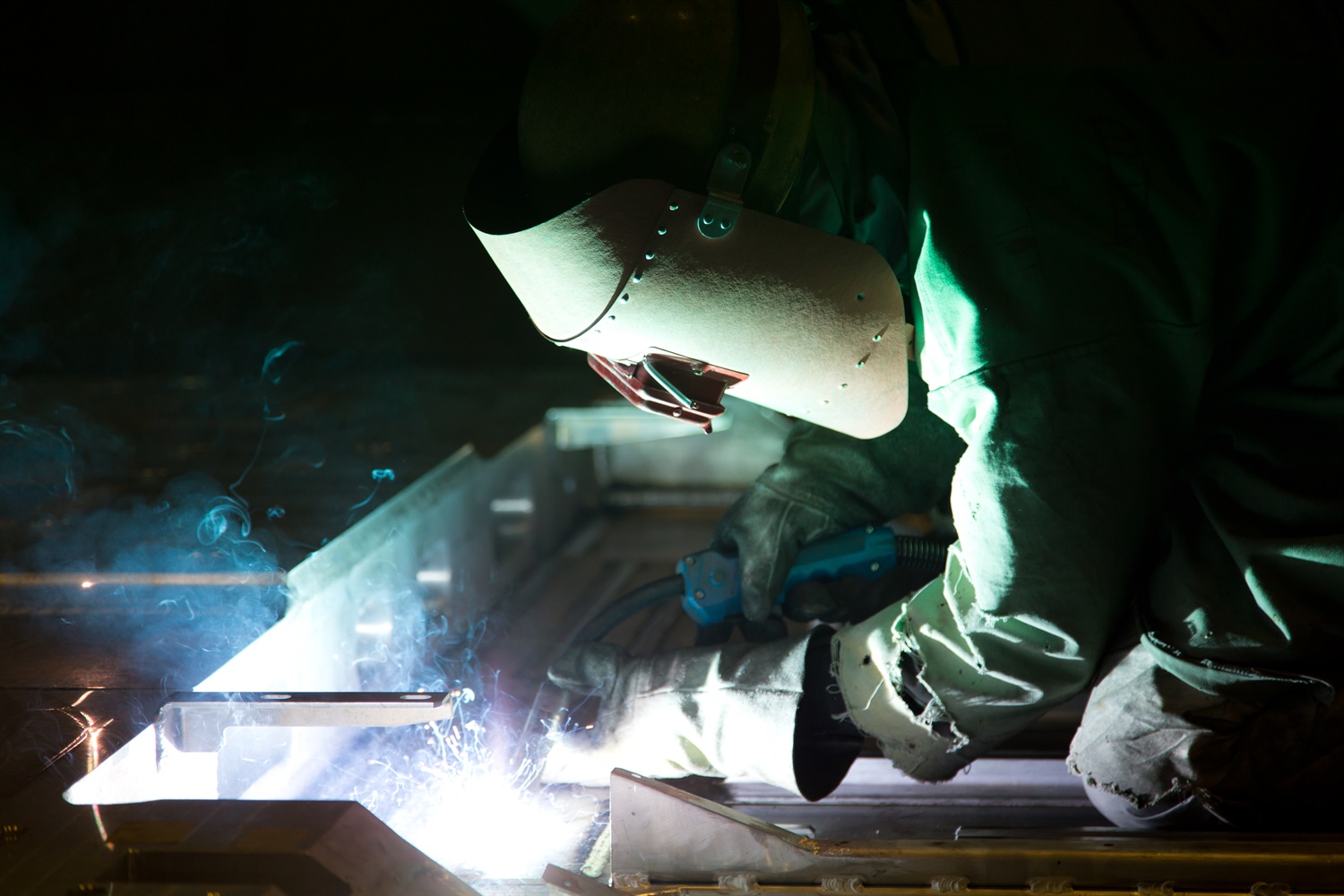19.12.17
First photos emerge as Hitachi begins work on ‘game-changer’ TPE fleet
Hitachi has begun production on the fleet of new intercity trains that will connect stations between England and Scotland for TransPennine Express (TPE).
As per the deal signed last year, the manufacturer will produce 19 new five-carriage trains which are expected to enter service in 2019.
Production has now begun on two test trains in Japan due to be transferred to the UK next year.
TPE says the new stock is inspired by the Japanese bullet trains and, along with other new trains, will provide 13 million more seats a year than the current carriages.
The trains will be maintained at Hitachi’s newly built £80m depot in Doncaster, with investment in the new fleet and the depot coming alongside the Great North Rail Project.
From 2019 the fleet will connect major cities in the north of England and Scotland, running from Manchester and Liverpool across the Pennines to cities such as Leeds, York, Newcastle and Edinburgh.
All the new trains will be hybrids, able to run either a five or 10-carriage formation and capable of speeds up to 140mph in electric mode and 125mph in diesel mode.

Berry Sas, projects director for Hitachi Rail Europe, who wrote for RTM last year, explained: “Millions of journeys along the popular TransPennine route will be transformed once these pioneering intercity trains are introduced into service.
“We have invested £80m in a state-of-the-art depot in Doncaster to ensure these new trains are running in top condition for each and every journey.”
TPE managing director Leo Goodwin added: “The construction of our third, brand new fleet of trains is tremendously exciting news for customers.
“Once in service in 2019, these will be some of the most advanced trains in the UK and coupled with the other new trains we are having built, will provide an additional 13 million seats a year.
“We are committed to supporting the northern economy and are pleased that the fleet, which will be maintained at locations across the north and in Scotland will be supporting 250 long-term jobs”

David Hoggarth, director for Rail North, argued the new trains will be “game-changers” for the region.
“Fast, efficient travel on trains fit for purpose will open up rail to new users in the business and leisure sector and is one of the key components required for growing the Northern economy through enhanced connectivity,” he added.
“This is great news for the north and demonstrates that visionary franchise agreements can really deliver.”
TPE also signed a train deal with CAF at the same time last year as part of its franchise refresh. The first bodyshell was completed in March, while more images of the stock’s progress were released in September.
Have you got a story to tell? Would you like to become an RTM columnist? If so, click here.